I was prepping to moderate a panel on the American Dream last week when a New York Times push notification came through on my phone that simply read, "Supreme Court Justice Anthony Kennedy Will Retire." My pulse quickened and my head throbbed with the thought of another Donald Trump SCOTUS pick and the havoc that could wreak on the rights of marginalized people.
I began a slow tumble into the rabbit hole of despair that consisted of the collective voices of my friends and colleagues -- my community -- crying out "we're so fucked" in post after social media post. Eventually, I snapped to in order to focus on the task at hand -- tackling the notion of an American Dream so unimaginable for those for whom it could be snatched away.
Early on during Pride Month, the opportunity arose to moderate a discussion with a group of bright, talented activists on the state of the American Dream. The event came at a time when that dream is in peril for people like the panelists; Mai Nguyen, a farmer born to Vietnamese immigrants, Christine Yuan, a filmmaker and artist of Asian descent; Jacob Chaput (Violet S'Arbleu), a Houston-based drag queen and a former Miss Gay Texas America; and Niecee X, a queer woman of color who founded the Black Women's Defense League.

Jacob Chaput, Niecee X, Christine Yuan, Mai Nguyen, and Tracy E. Gilchrist.
Having moderated a few panels before for the Los Angeles LGBT Center, I thought it was the perfect chance to push myself in new directions, so I signed on for the gig. But then, when forced to consider the concept of the American Dream, I realized I didn't have one. I never did, or so I thought.
For many, the founders' declaration of "unalienable rights"-- those of "life, liberty, and the pursuit of happiness" (along with prosperity and success) are the basis of the American Dream. But even as the civil rights movement had hit a fever pitch and the gay rights and feminist movements took hold in the '70s when I was a kid, the image of the white heterosexual couple with two-plus children, a big fluffy dog, and a picket fence preserving the border of the homestead was pervasive. The vision was a holdover from my parents' generation -- a Mad Men-era facade of perfection with hairline cracks in the veneer and ugly secrets just beneath. Still, it dictated who was allowed to dream.
As a burgeoning lesbian stomping around my Connecticut hometown in a Fonzie tee shirt, jeans, and a pair of tiny construction boots, I had no blueprint for what "American" success looked like for a girl who always played the boy in pretend scenarios because that was the only way the game ended with me marrying the girl. And so, my American Dream -- like those of so many who fail to fit the image of middle-class straight white America for one reason or another -- was choked out before it took root.
I've written before about how the lack of positive representation of successful queer relationships and the horrifying ends for lesbians in early films like The Children's Hour and The Killing of Sister George -- some of the few images of lesbians depicted when I was growing up and coming out -- left me with no paradigm for marriage. And so I never dared to imagine what marriage, such a massive piece of the American Dream, could look like -- never mind imagining myself with kids who would someday play in the backyard of a home I owned.
While other little girls dreamt of their perfect weddings, for me, there was "no dress, no tuxedo, no man, no woman, no vows, not even a celebration that I could conjure in my head." Certainly, I never fathomed that in decades to come, after years of marching, chanting, and fighting along with my found community that I would actually be granted the right to marry.
On the outside, my childhood growing up in the green Cape Cod house with the black shutters in suburban Connecticut looked idyllic enough to signal I was on the path to building an American Dream in the vein of my parents (who divorced after we moved out of that house). But there was no accounting for the fact that I wasn't just an all-American tomboy. I was queer. I was other.
Even as I swung from the switches on the branches of the enormous willow tree in my backyard, flinging my 8-year-old girl's body higher in the air than any of boys in the neighborhood could, I couldn't escape the prescribed vision of what my life would look like when I grew up -- the one to which I could not relate.
After school, I ran, tumbled, and jumped on par with any boy in my neighborhood. But once I'd shed my grass-stained jeans, washed off the dirt and dust in the tub while my big sister made me a snack, and then settled in on my dad's La-Z-Boy to watch TV, I was spoon-fed a diet of what my life should be. It looked a lot like Mrs. Cleaver in Leave It to Beaver (reruns of '50s shows were big in the '70s) cooking and cleaning for her brood of boys, or like The Brady Bunch, an integrated family with loving heterosexual parents and their wholesome problems to be solved inside the walls of their pristine mid-century home.
Other girls my age played "house" or "wedding," pretending someone (usually me) was their husband in preparation for something that looked like their future. They dressed their dolls (the babies they eventually planned to have) in gendered clothes and gleefully made half-baked cakes in their Easy-Bake Ovens. But really, I was the greatest pretender of them all, acting as if I understood those games.
It would be a good decade or so before the elements of what my American Dream might look like would emerge. I'd long abandoned my Planet of the Apes poseable figures in favor of teen magazines and tacit crushes on the likes of a few of the Facts of Life actresses and on one or two of my teachers.
Eventually, I fell so hard for a woman that I had no option but to shout it from the rooftops and come out in a blaze of lesbian new-wave glory, shaved and bleached Annie Lennox coif and all. Then, I found my community in now long-shuttered LGBT bookshops and cafes, in lesbian bars, and on the streets chanting "We're here, we're queer" while ACT UP activists drove it home that "Silence Equals Death."
I found elements of my dream on a march through Hollywood protesting Proposition 8, and later, at rallies in celebration of marriage equality in 2013 and 2015. I was with my community on the day of the Pulse massacre when my colleagues and I at The Advocate went to work on a Sunday and wrote through our tears for a solid 10 hours. And I felt that sense of community again on that night in November, less than six months after Pulse, when a minority of voters picked Trump to lead the overwhelmingly diverse, varied, and marginalized people of the United States.
Just hours prior to moderating the panel that Pabst Blue Ribbon put together based on a pair of bracing mini-documentaries panelist Yuan shot, I longed for space and time to let go with a full-on ugly-cry meltdown over the Kennedy news. Part of me wished I hadn't signed on to moderate so that I might spend the day wallowing and join others in collective grief. I was overwhelmed with the knowledge and pain that the dreams of the ruling minority were infringing on my rights and on those of people I love.
But on that cool summer evening in a funky warehouse space in the Arts District of downtown Los Angeles, four activists and I -- from disparate backgrounds -- discussed the American Dream before a crowd of a couple of hundred people while a local vendor served authentic Mexican street food.
The ever-emerging twisted news about Trump and company's draconian policy of first separating families at the border only to then lock them up indefinitely together had been unavoidable. And the threat of Roe v. Wade and marriage equality being yanked out from under us under Trump's new SCOTUS pick was palpable. But it was in that moment I realized I was right where I needed/wanted to be. I was with like-minded activists making noise and acting up in our way. I was part of a community. That's where my American Dream begins.
TRACY E. GILCHRIST is the feminism editor of The Advocate. Follow her on Twitter at @TracyEGilchrist or on Facebook.


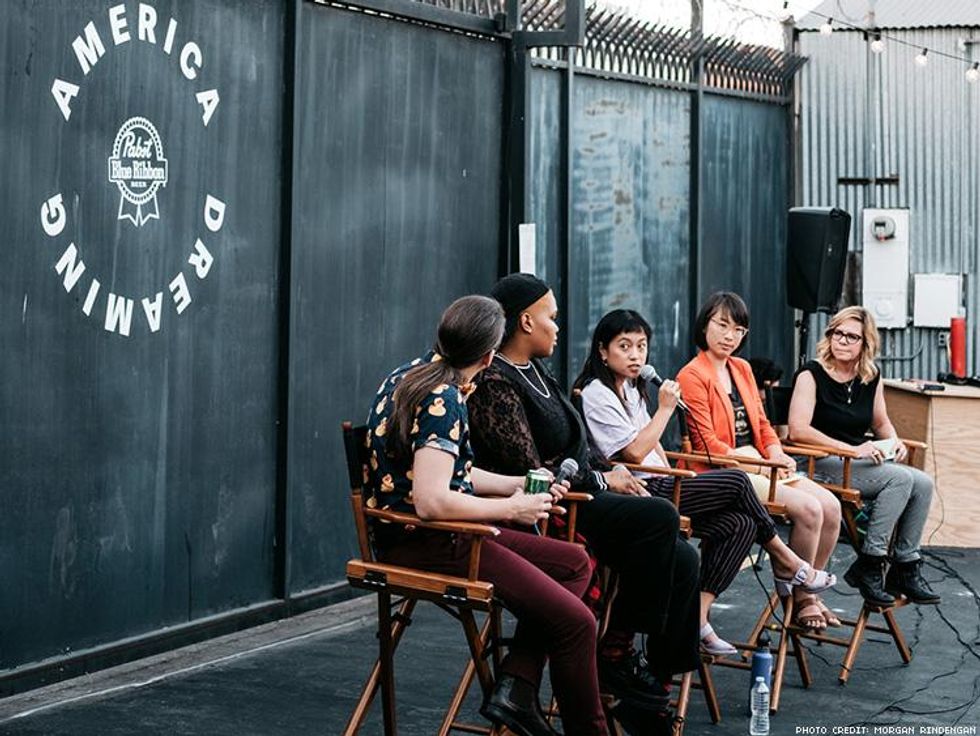
































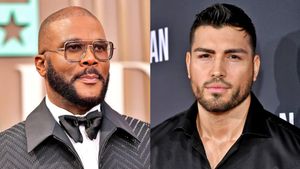




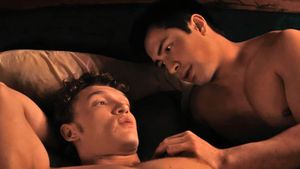



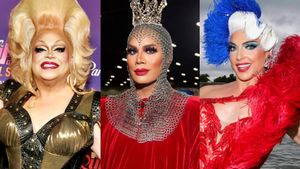

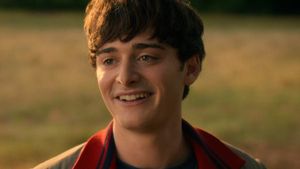




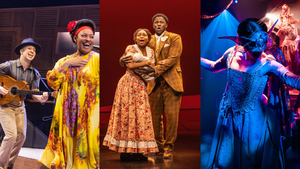




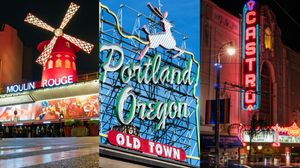

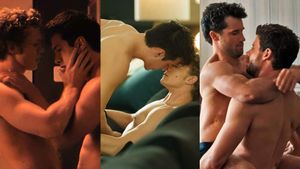
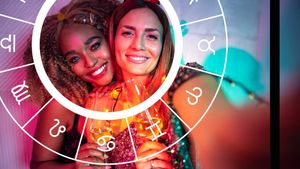

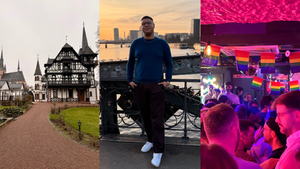


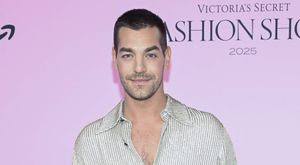

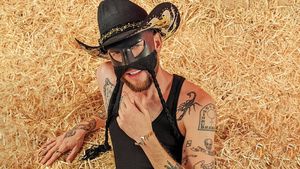



Charlie Kirk DID say stoning gay people was the 'perfect law' — and these other heinous quotes